It’s the first day of the beet harvest and volunteers are stooped low, hoisting the bright red tubers out of the ground, shaking off dirt and placing them neatly in rubber bins.
Other volunteers are picking kohlrabi and Swiss chard or weighing the heaping tubs of fresh vegetables and preparing to bunch them.
A bee drifts by in the early July heat, sampling bergamot and kale flowers as it goes.
It’s a typical idyllic pastoral farm scene except for one small detail: we’re not in a rural landscape, we’re in the middle of a city in the courtyard of a Vancouver hospital.
This is Farmers on 57th, an urban farm at the George Pearson Centre, an assisted living facility in Vancouver’s Marpole neighbourhood.
The farm takes up less than one acre but feeds 66 families per week through its Community Supported Agriculture program. In this program, folks pre-pay for a season's worth of vegetables or flowers in the spring and then pick up weekly bags of food throughout the summer and fall. The program costs $650 for 20 weeks of food, averaging out to $32.50 per week.
CSAs are a good way to eat local and combat rising food costs. Because I can bike to pick up food that was harvested hours ago it’s also a great way to access fresh, long-lasting produce.
This feels especially important right now as inflation is pushing food prices ever-higher.
B.C. inflation on fresh vegetables has risen 8.9 per cent since 2021 but Community Supported Agriculture prices have stayed relatively even, rising 1.5 per cent or not at all, and have lagged behind inflation rates over the past five years.
I’ve experienced rising food costs first-hand. For years, my partner and I shopped at Young Brothers Produce, an affordable independent grocery store in Kitsilano. We could fill up four heaping tote bags with eggs, tofu, beans and produce for $75, a haul that would last us five days.
But this spring, after a new condo finished construction next door, Young Brothers closed its doors and a new grocer opened in its place.
So I'm setting off on a quest to find fresh and affordable food here in Vancouver and documenting my findings in a four-part series.
Independent grocers like Fruiticana, Persia Foods, Norman’s Fruit and Salad and Santa Barbara Market are more affordable and have better selections than chain grocers — but looming questions about inflation, and how climate change will impact food security, have prompted me to seek out solutions for affordable, sustainable, locally grown food.
While I'm at it, I'd also like to try and tackle some local food justice issues.
I’m curious about whether I can feed myself ethically, without relying on a system built on the oppression of farmers and labourers. I’m also wondering if I can find resources that foster culturally appropriate food assets. There’s no single definition for culturally appropriate food, but members of the Renfrew-Collingwood Food Justice initiative at the Collingwood Neighbourhood House say it’s food that feeds your soul, connects you with your culture, community or home country and is food that your ancestors ate and celebrated.
These resources won’t work for everyone. Some solutions, like gardening, takes months of physical labour, commitment and patience, and not all community gardens are physically accessible for folks with mobility aids or wheelchairs. Others, like foraging, require some knowledge of plants and animals. Finally most of these solutions require a slight change in habit and not all folks have the time or flexibility to re-work their busy schedules.
But I'm hoping this journey across the Lower Mainland will still offer crumbs of knowledge or a feast of resources you can use to fill your fridge and pantry.
If you have an amazing local, affordable or fresh food resource you’d like to talk about, share with us by posting in the comment section below — we may just feature your resource in an upcoming column.
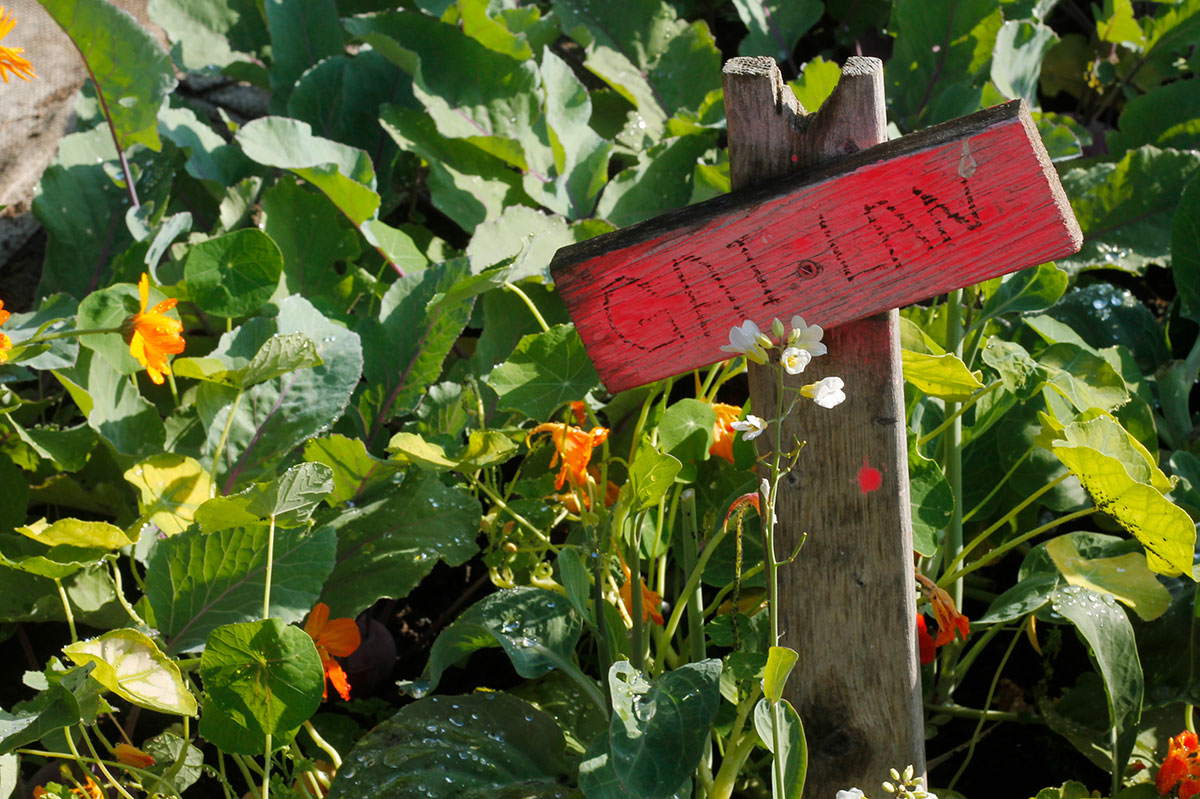
Grow Your Own
First up on the tour are urban farms and community gardens.
I'm a member at a community garden in Fairview, where I grow kale, lettuce, raspberries, Swiss chard, sugar snap peas, sweet peas, asparagus, nasturtiums, beets, basil, strawberries, arugula, chives, sage, thyme and lovage in a two by three metre plot. This produces enough food to feed me a salad every day from May to November.
If you have any access to land, like a yard or a grassy strip in an alley, it's worth brainstorming what sort of food you could grow on your front stoop.
Community gardens and neighbourhood houses also host introduction to gardening workshops if you're not sure where to start.
My community plot helps cut down on grocery bills during the summer and fall and connects me with neighbours who teach me how to grow food and how to troubleshoot when things like pests or heat waves roll through town.
When folks of all ages grow food together it also ensures generations of gardening knowledge are passed on, says Karen Ageson, Farmers on 57th executive director. (Karen is the sibling of The Tyee’s publisher, Jeanette Ageson, who was not involved in the writing or editing of this story.)
Folks wanting to join a community garden in Vancouver can check out this map for locations, but will likely have to join a waiting list.
If you’re located in Vancouver, you can ask the city to start your own garden. Or you can start a garden in a public boulevard, which doesn't require a permit.
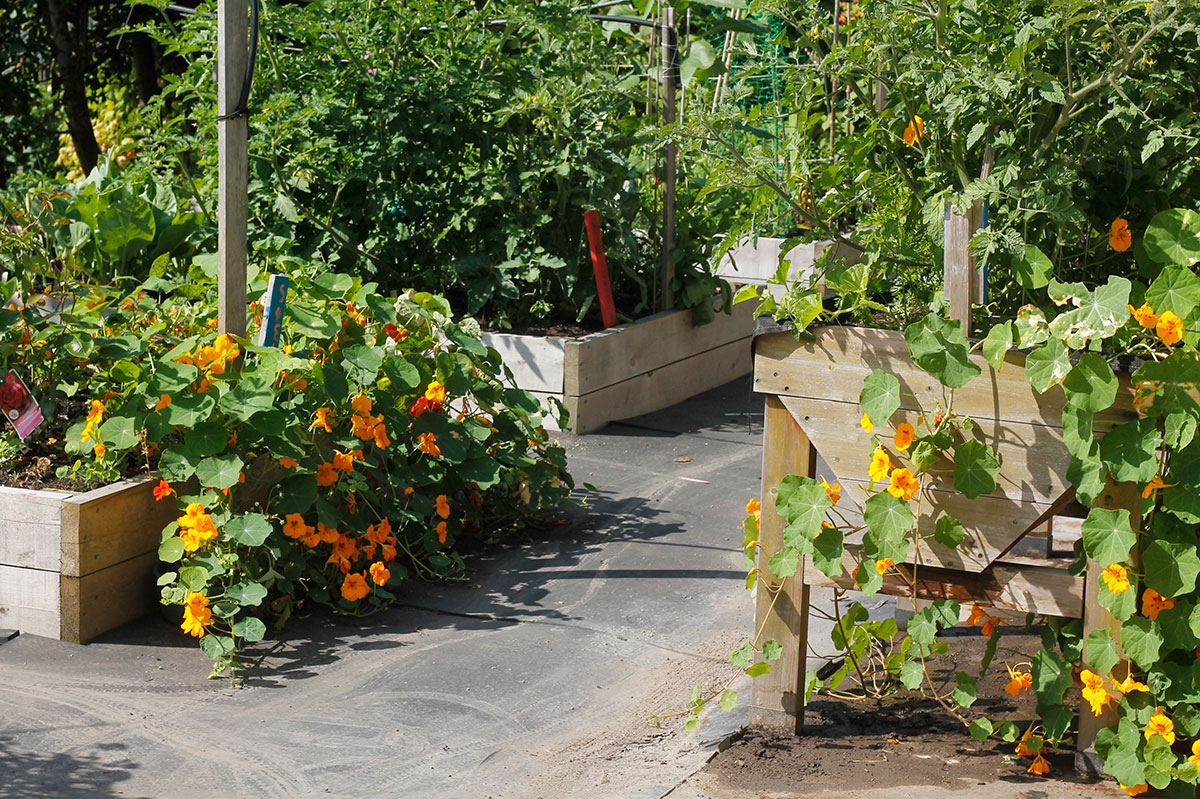
If you’d like more space than a community plot can provide, check out Food 4 Thought which connects apartment dwellers with homeowners who have garden space to share. The Young Agrarians U-Map also works as a sort of Craigslist where people can list land for growing or looking-for-land listings.
If you’re in Victoria, check out Get Growing Victoria, which is distributing 100,000 food seedlings to 67 partner organizations this year. These plants will mainly go to communities disproportionately impacted by the COVID-19 pandemic and inflation, but are also available through neighbourhood and community homes, says Alex Harned, food systems co-ordinator with Victoria’s parks, recreation and facilities department.
With a budget of $50,000 the program converted city greenhouse space that was previously used to grow flowers and turned it into a nursery for food plants, like the lettuce, kale, kohlrabi, cabbage and broccoli that will soon be distributed for fall gardens. This program should produce 100,000 pounds of fresh, organic, nutritious food for folks in a dignified, empowering way, Harned adds.
The program started in spring 2020 and was equally about building community and fostering positive mental health as it was about food security, Harned says. She adds she hopes the program will continue to expand and adapt as communities offer feedback on what sort of foods they want to be growing.
Community Supported Agriculture
Community Supported Agriculture programs help fund small-scale and local farms, while providing fresh local produce to members. Members pre-pay for CSAs in the winter or spring and then pick up weekly boxes of produce during the summer and fall. This provides stable funding for a farming program and offers consumers a chance to connect with local producers.
To find a CSA near you, check out FarmFolk CityFolk, a resource connecting urbanites with Vancouver’s CSA programs.
Farmers on 57th's CSA program, based out of their Marpole plot, generally fills two tote bags per week for the $32.50 cost, Ageson says.
Another urban producer is City Beet Farm, whose CSA box averages out to be $30 per week, says co-owner Liana Glass. A typical weekly box could come with a choice of kale or chard; kohlrabi, turnips or radishes; one pound of cucumbers; one quart of tomatoes; a bag of baby lettuce; and carrots or beets, Glass says. A box weighs between seven to nine pounds.
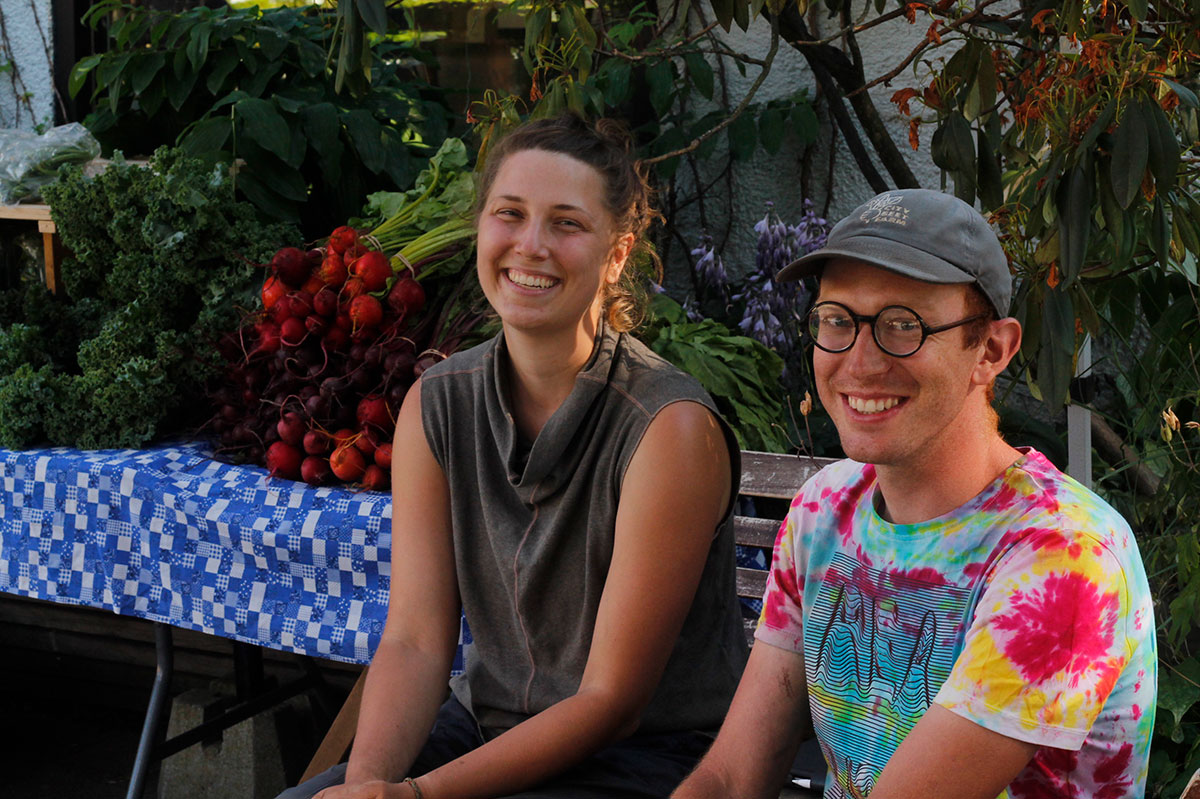
Buying from a CSA program teaches people how to cook with whatever is in season that week, Ageson says. Instead of looking at a recipe and then going to the store to buy ingredients, ingredients come to you and you have to work out what to do with them.
Paying up-front for 20 weeks worth of food feels steep for my budget, but supporting local agriculture has some serious perks.
It'll fill my fridge with food grown regionally, instead of shipped around the world using fossil fuels. I’ll get access to fresh food, meaning it’ll last longer in my fridge.
And it’ll support small-scale farmers instead of the farming industrial complex, which has a whole host of issues. For example, one-third of the seeds used in this global industry are owned by a single company, Bayer (the parent company of Monsanto). The industry also relies on monoculture, or growing just one crop, which promotes pesticide and herbicide use, degrades and strips soil of its nutrients and is reliant on fertilizers, which increases greenhouse gas emissions.
There’s also the issue of migrant workers, whose labour rights are similar to the historic abuses suffered by Chinese Canadian Pacific Railway workers, says Gillian Der 謝美華, food justice co-ordinator for Renfrew-Collingwood Food Justice at the Collingwood Neighbourhood House.
Migrant workers are paid minimum wage (or less, if they're in the country informally), are isolated at their worksite, live in poor housing conditions, live away from their families and communities for 10 months of the year and are expected to leave at the end of their contract, Der says. “It’s indentured labour,” they say. “Our entire local food system really depends on these migrant workers and we are not offering them any sort of protection or privileges for their very fundamental work of feeding us.”
CSA programs support better agricultural practices but still often rely on volunteers, Ageson says. So it’s worth thinking about how much food would cost if we paid all farmers living wages, they add.
But CSA programs can be unstable because of local land values — it’s worth more to developers to build a condo than it is to allow an urban farm to flourish, Ageson says.
The land Farmers on 57th cultivates has been sold and is going to be developed by Onni Group, but the development plan has set aside one acre of land for farming, Ageson says, adding hopefully Farmers on 57th will get first dibs on that spot.
City Beet Farm is less susceptible to development because they grow food and flowers on 13 different front and back lawns around Vancouver. These 13 plots add up to about half an acre of land, which supplies 87 CSA members with 20 weeks of food, Glass says.
Ageson says it’s incredibly important to protect urban agricultural space, especially in the face of climate change.
“Without these life-supporting systems,” Ageson says, “we are really subject to the whims of the market.”
Farm-to-Plate Marketplace
If committing to 20 weeks of produce deliveries is daunting but you still want to buy local food, consider ordering from Farm-to-Plate Marketplace which connects Vancouverites with local farmers through an online store.
Founder Anthony Csikos says they can sell local food that's affordable because the online store reduces inefficiency.
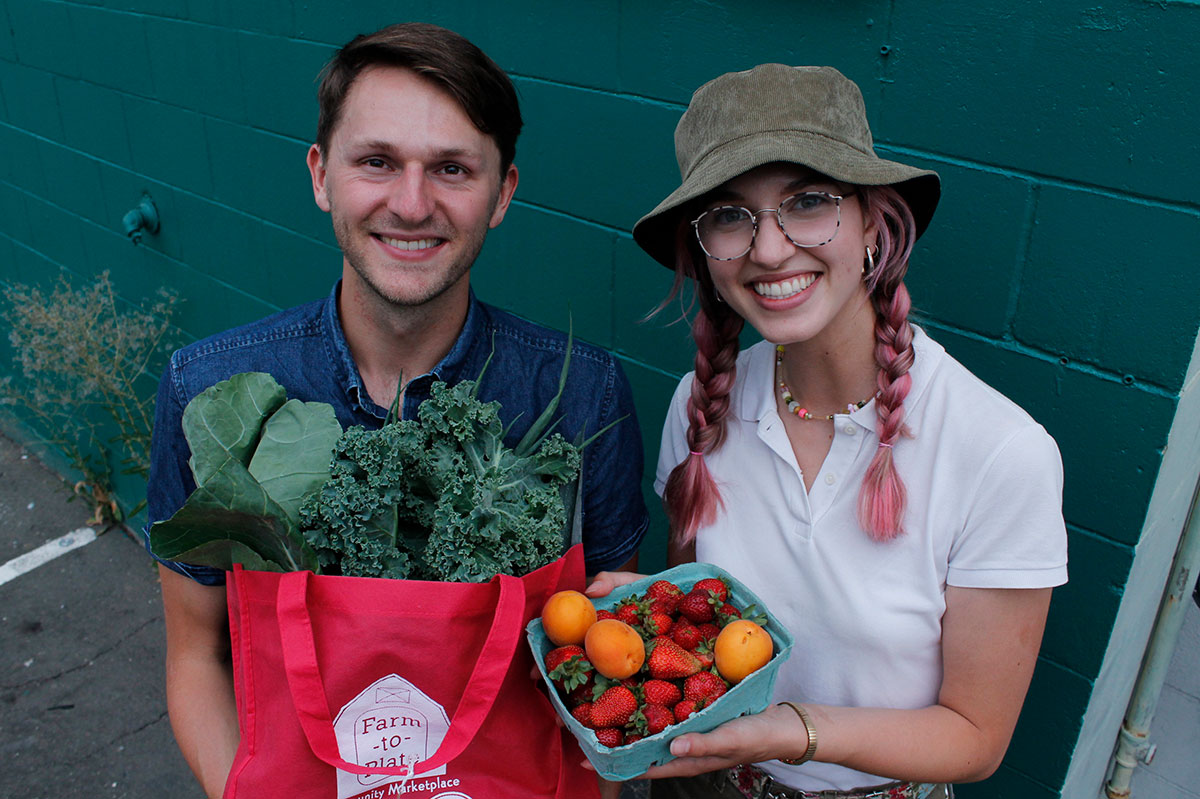
Customers order from a selection of foods online and then pick up their order from one of three distribution centres in Vancouver. Pickup and order times vary depending on the distribution centre.
Because the food is pre-ordered, farmers know exactly how much to harvest and deliver, Csikos says. Farmers also save time because they can deliver food to a central distribution point and don’t have to spend several hours selling their food at a farmer’s market, he says.
This saves farmers time and helps divert food from the compost pile, Csikos says. Those savings are passed on to the customer: Csikos says one farmer sells him food 25 per cent cheaper than they’d sell at a farmer’s market.
(If you’re located outside Vancouver — or if the farmer’s market is still the best option for you — consider applying for the province’s coupon program which hands out coupons worth a minimum of $27 per week and can be redeemed at markets around the province.)
Farm-to-plate also offers subsidies of up to $10 on each order, or accepts donations so other users can access subsidies at checkout.
The program is a little over one year old and, in the summer, can bring in 40 customers per week, Csikos says. Most of the customers are female seniors who aren’t computer literate and only know how to access the program through a weekly newsletter that links to the website.
He adds he hopes to expand the customer base to help feed people, reduce waste and to help fund the subsidy program.
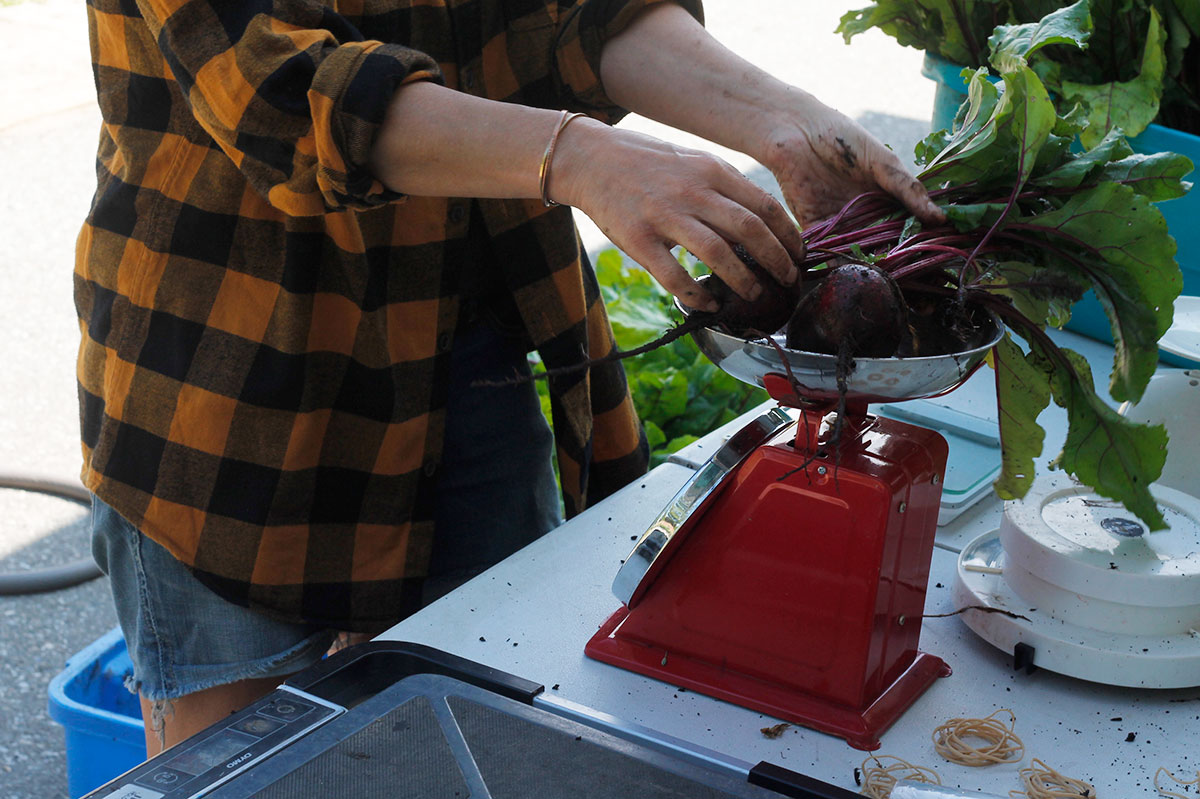
During the summer months urban farms aren't the only food source in full production mode. Sprinkled around the city offering leafy pools of shade, tucked in back alleys and winding their way along urban ditches are fruit trees and berry bushes. But these important food sources are often overlooked or ripped out because the City of Vancouver worries they’re dangerous.
In next week’s article, we’ll be climbing into fruit trees and picking our way around blackberry bushes to ask if we could eat better if we reimagined our cities as urban orchards. ![]()
Read more: Local Economy, Food, Urban Planning



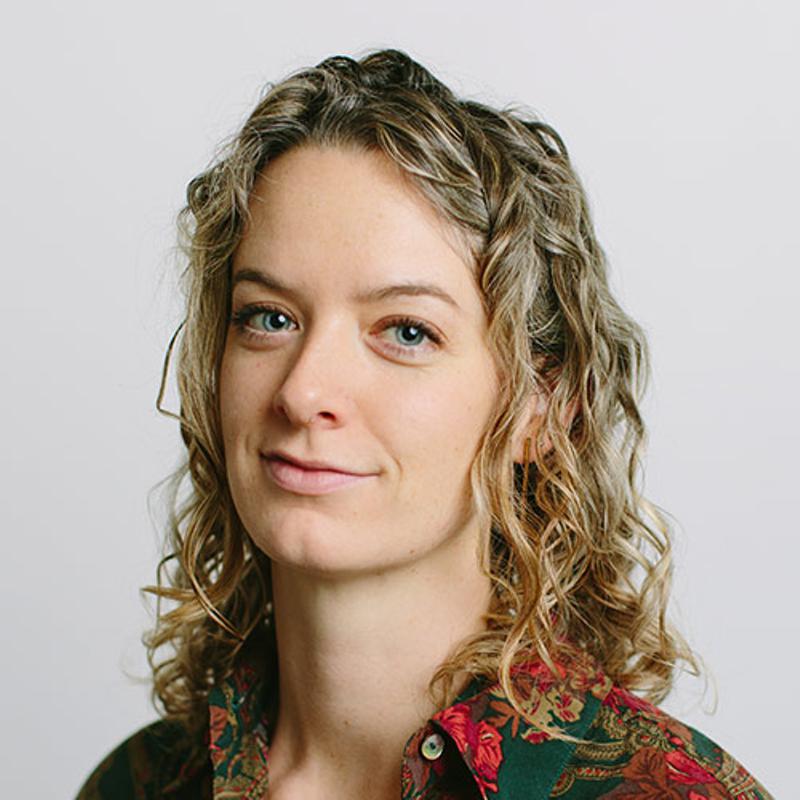
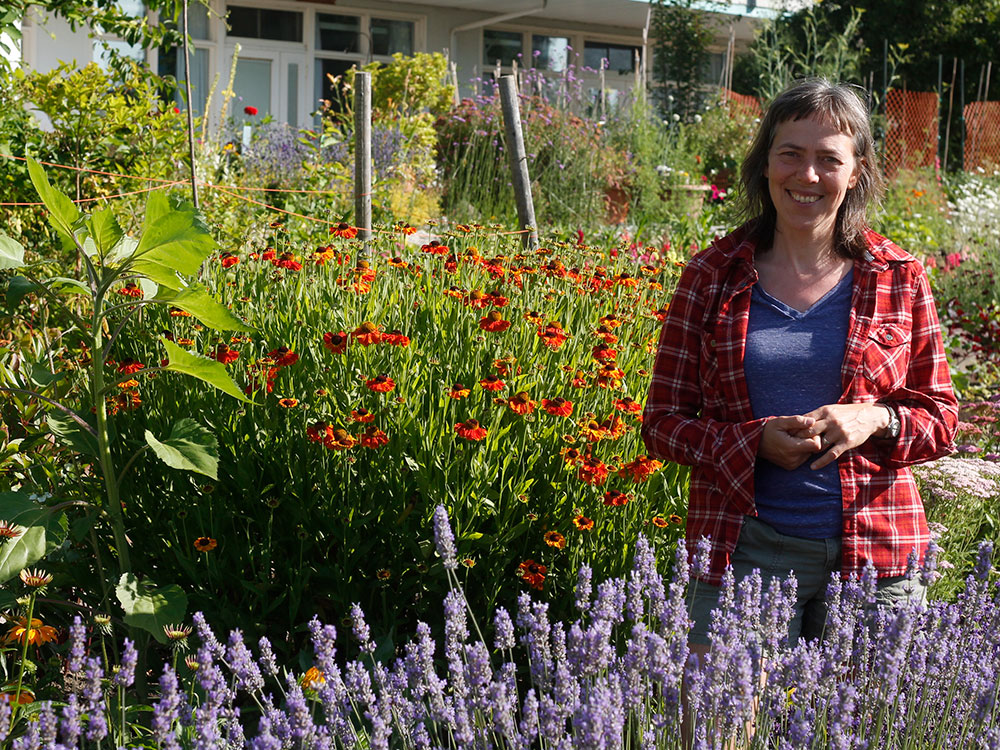












Tyee Commenting Guidelines
Comments that violate guidelines risk being deleted, and violations may result in a temporary or permanent user ban. Maintain the spirit of good conversation to stay in the discussion.
*Please note The Tyee is not a forum for spreading misinformation about COVID-19, denying its existence or minimizing its risk to public health.
Do:
Do not: